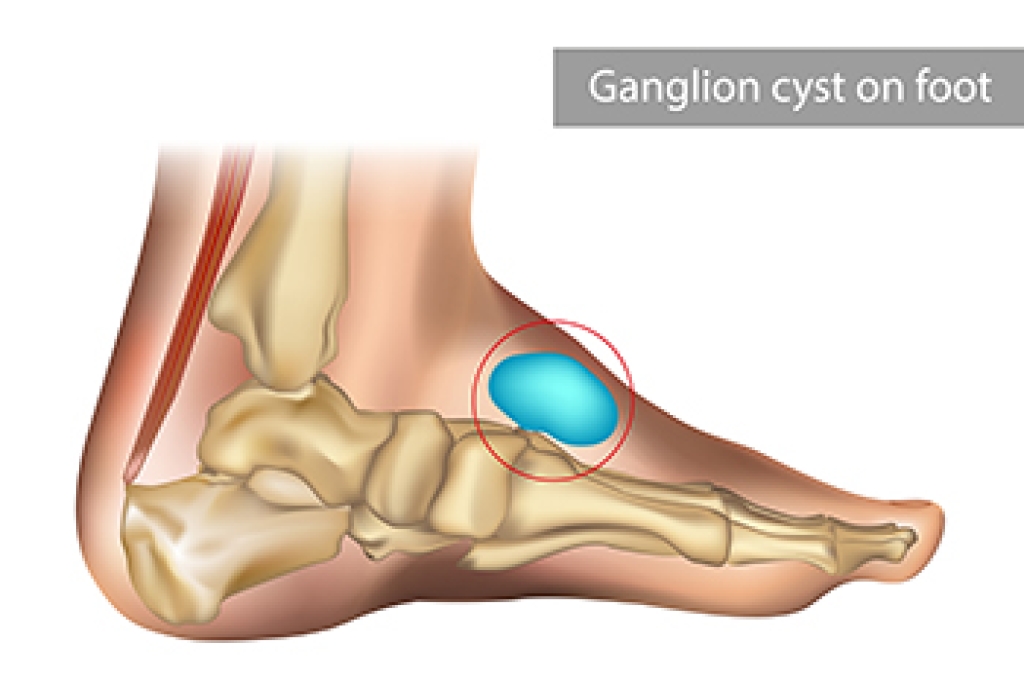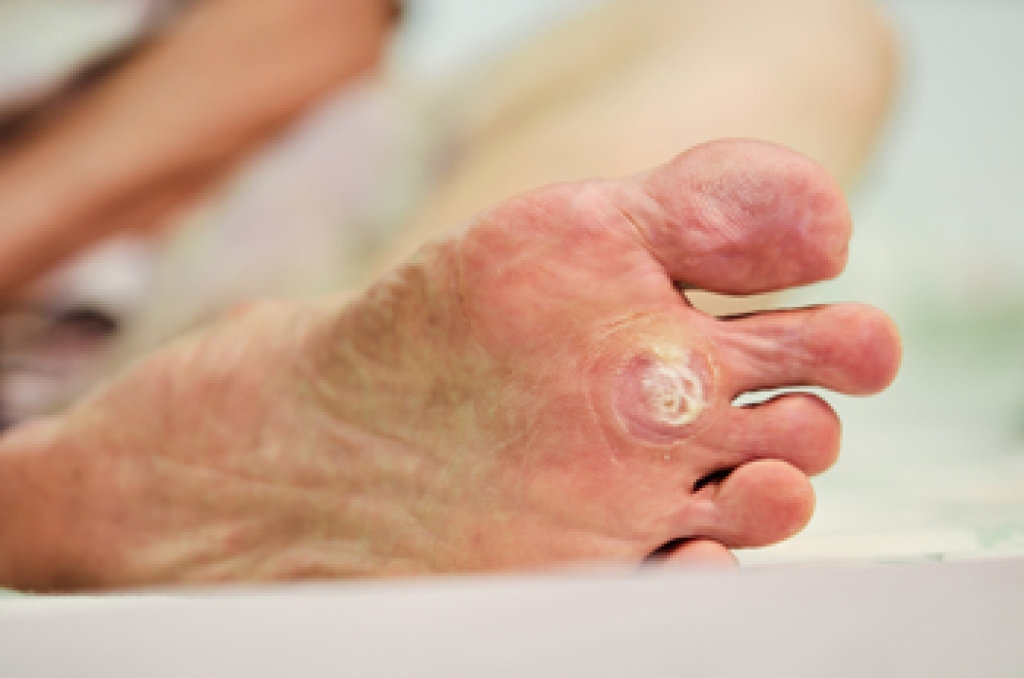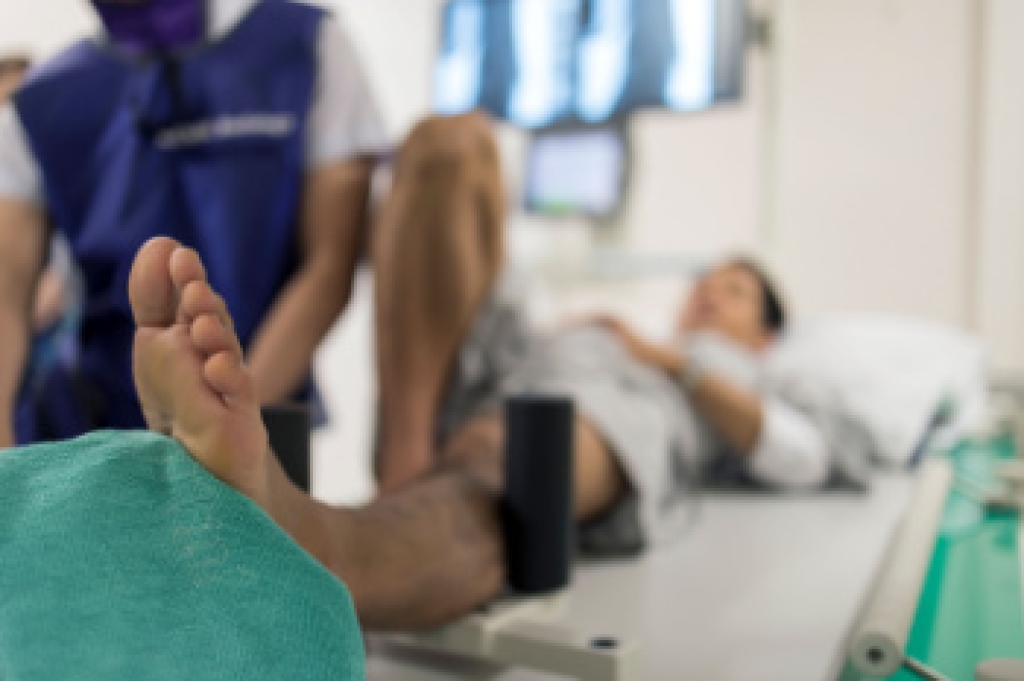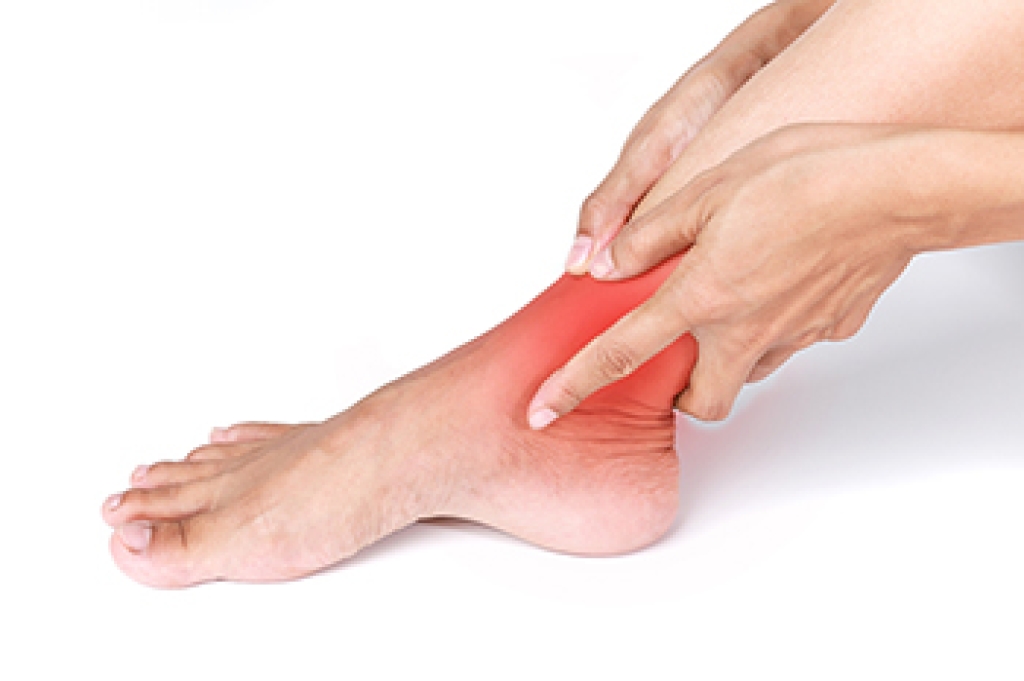
Ganglion cysts are fluid-filled lumps that commonly form along tendons or joints, including on the feet. These non-cancerous cysts vary in size and can sometimes cause discomfort, especially if located in areas that bear weight or experience friction from shoes. While the exact cause of ganglion cysts remains unclear, repetitive stress on the foot joints or trauma may contribute to their development. Symptoms range from a visible lump to pain, limited movement, and, in some cases, numbness if the cyst presses on nearby nerves. While ganglion cysts are generally harmless, treatment may be necessary if they cause discomfort or impede movement. Treatment options include draining the fluid, or, in more persistent cases, surgical removal. If you have this type of cyst, it is suggested that you visit a podiatrist for an exam and monitoring.
Foot Pain
Foot pain can be extremely painful and debilitating. If you have a foot pain, consult with Shalonda Davidson, DPM from Instride Carolina Foot Care. Our doctor will assess your condition and provide you with quality foot and ankle treatment.
Causes
Foot pain is a very broad condition that could be caused by one or more ailments. The most common include:
- Bunions
- Hammertoes
- Plantar Fasciitis
- Bone Spurs
- Corns
- Tarsal Tunnel Syndrome
- Ingrown Toenails
- Arthritis (such as Gout, Rheumatoid, and Osteoarthritis)
- Flat Feet
- Injury (from stress fractures, broken toe, foot, ankle, Achilles tendon ruptures, and sprains)
- And more
Diagnosis
To figure out the cause of foot pain, podiatrists utilize several different methods. This can range from simple visual inspections and sensation tests to X-rays and MRI scans. Prior medical history, family medical history, and any recent physical traumatic events will all be taken into consideration for a proper diagnosis.
Treatment
Treatment depends upon the cause of the foot pain. Whether it is resting, staying off the foot, or having surgery; podiatrists have a number of treatment options available for foot pain.
If you have any questions, please feel free to contact our office located in Statesville, NC . We offer the newest diagnostic and treatment technologies for all your foot care needs.




